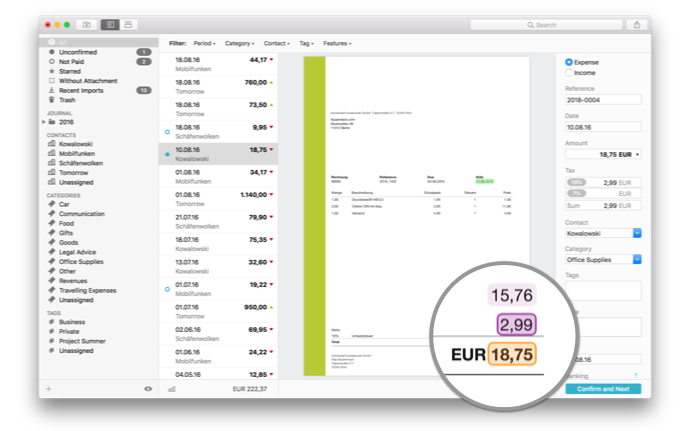

Percentage of public school students in low-poverty and high-poverty schools, by race/ethnicity: School year 2012-13 Using this high poverty definition enables us to identify important differences among students: 45 percent of Black and Hispanic students attended such high poverty schools compared to 8 percent of White students.

In 2012-13, about 24 percent of students attended public schools that were classified as high poverty. In reports such as the Condition of Education, NCES has characterized a school as a high poverty school when more than 75 percent of its students are eligible for a free/reduced price lunch. Because the free/reduced price lunch eligibility is derived from the federal poverty level, and therefore highly related to it, the free/reduced price lunch percentage is useful to researchers from an analytic perspective.
#Spell receipts as a proxy for income plus#
Thus, the percentage of students receiving free or reduced price lunch includes all students at or below 185 percent of the poverty threshold, plus some additional non-poor children who meet other eligibility criteria, plus other students in schools and districts that have exercised the Community Eligibility option, which results in a percentage that is more than double the official poverty rate.ĭespite its limitations, the free/reduced price lunch data are frequently used by education researchers as a proxy for school poverty since this count is generally available at the school level, while the poverty rate is typically not available. Also, under the Community Eligibility option, some non-poor children may be included in the program if their district decides that it would be more efficient from an administrative or service delivery perspective to provide the free lunches to all children in the school. In addition, some groups of children such as foster children, children participating in Head Start and Migrant Education Programs, or children receiving services under the Runaway and Homeless Youth Act are eligible for free/reduced price lunch. A student from a household with an income between 130 percent and up to 185 percent of the poverty threshold is eligible for reduced price lunch.
#Spell receipts as a proxy for income for free#
A student from a household with an income at or below 130 percent of the poverty income threshold is eligible for free lunch. One way the percentage of students in poverty and those eligible for free/reduced price lunch differ is that many students eligible for free/reduced price lunch fall above the federal poverty threshold. Traditionally, family income has been used to establish eligibility for free/reduced price lunch. While all students at participating schools are eligible for regular priced lunches through the National School Lunch Program, there are multiple ways in which a child can become eligible for a free/reduced price lunch. All lunches provided by the National School Lunch Program are considered subsidized to some extent because meal-service programs at schools must operate as non-profit programs. Despite the correlation between the two measures, it is important to understand that they differ in important ways and that the difference is growing.Īs the largest federal program for elementary and secondary schools, the National School Lunch Program provided meals to more than 31 million children each school day in 2012. In contrast, the actual poverty rate of public school students was 22 percent. In 2012, just over half of public school children were eligible for free/reduced price lunches. While the percentage of students receiving free or reduced price lunch can provide some information about relative poverty, it should not be confused with the actual percentage of students in poverty enrolled in school. The percentage of students receiving free or reduced price lunch is often used as a proxy measure for the percentage of students living in poverty.


 0 kommentar(er)
0 kommentar(er)
